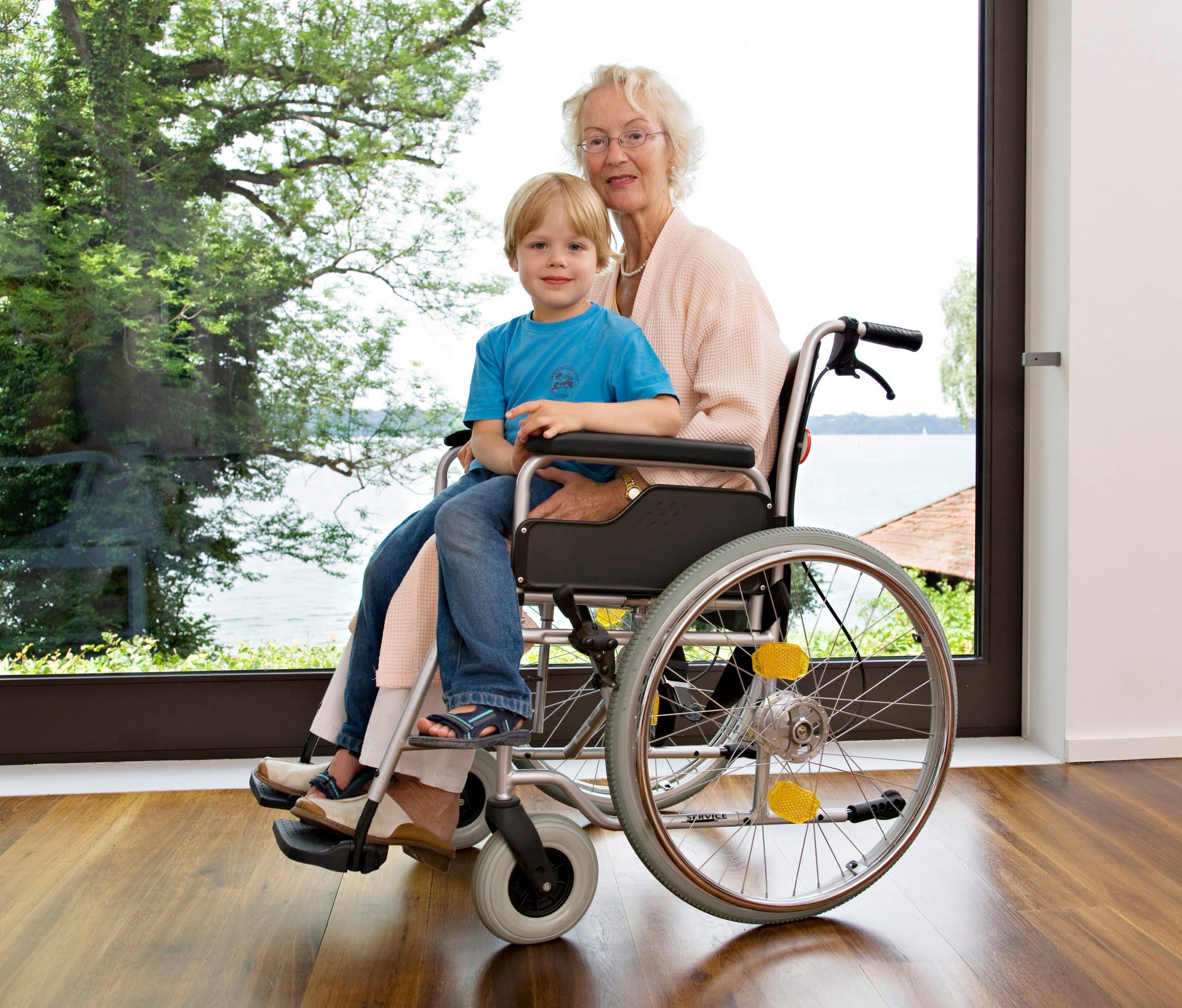As we venture deeper into the 21st century, the idea of urban air mobility (UAM) has rapidly morphed from a lofty concept to a tangible reality. With companies like Google and various academic institutions playing an instrumental role in its development, UAM has the potential to revolutionize transportation. But how does this new mode of transportation affect our urban spaces, specifically real estate value and land use? Let’s explore.
The Emergence of Urban Air Mobility
With the advent of UAM, the landscape of urban mobility has shifted dramatically. Urban Air Mobility refers to a system where small, piloted or autonomous aircraft are used as a means of air transportation within urban areas. As scholars in the field of transportation and mobility studies have noted, UAM has the potential to drastically reshape our cities and the way we inhabit them.
A lire en complément : How Can Real Estate Professionals Utilize Drones for Site Inspection and Marketing?
Notably, Google has invested considerably in this sector, fostering its growth and accessibility by developing the necessary technologies. The internet giant has recognized the potential of UAM and is keen to place itself at the center of this burgeoning industry.
In addition to private sector involvement, academic institutions have been integral to UAM’s growth. Universities and research academies have been studying the potential impacts of UAM on urban mobility and city planning. This has led to a better understanding of the implications of UAM, and how to best integrate it into existing urban systems.
A lire aussi : How to Evaluate the Risk of Flooding for Properties in the Thames Valley?
The Impact of UAM on Real Estate Value
One of the most significant consequences of UAM on urban spaces is its impact on real estate values. The advent of air transportation within cities presents the potential for a shift in property valuation, as accessibility and distance to UAM stations become key factors.
Many scholars anticipate that properties in close proximity to UAM stations will see a surge in value. The logic is quite simple: properties that allow convenient access to these new mobility systems will be desirable, increasing their value. This is akin to the spike in property prices seen near public transportation hubs in the past.
Moreover, as UAM could potentially reduce the time it takes to commute, properties that were once considered too distant from city centers may also see an increase in their value. Given the potential to travel quickly by air, distance becomes less of a factor in determining property value. This new form of urban mobility could therefore have the potential to redistribute real estate value more evenly across urban areas.
The Impact of UAM on Land Use
The emergence of UAM will also inevitably influence land use within urban areas. As the number of UAM vehicles increase, so will the need for infrastructure to accommodate them. This could take the form of vertical infrastructure – such as landing pads on rooftops – or land-based UAM stations.
This shift in land use will have significant impacts. For instance, the construction of UAM stations could potentially lead to the displacement of existing land uses. This could result in tension between UAM developers and local communities, as the latter may be resistant to changes that could disrupt their established ways of living.
On the other hand, if managed properly, the introduction of UAM could also create opportunities for land use optimization. The integration of UAM stations into existing built structures, for instance, could make better use of underutilized spaces such as rooftops or unused land parcels.
UAM and Urban Planning
The advent of UAM presents a challenge for urban planners and policymakers. To harness the full benefits of UAM while mitigating its potential negative impacts, we will need to revise our traditional concepts of urban planning.
For instance, zoning regulations may need to be updated to account for the vertical dimension of UAM. Moreover, transportation planning will need to incorporate UAM into the existing network of public transportation, to ensure seamless mobility for urban dwellers.
Additionally, UAM will generate noise and visual impacts that need to be carefully managed. This includes the noise generated by the aircraft and the visual impact of UAM infrastructure. Adequate measures will need to be put in place to prevent these impacts from adversely affecting the quality of life in urban areas.
UAM and the Future of Urban Spaces
As UAM continues to evolve and become more integrated into our urban spaces, it will undoubtedly play a significant role in shaping the future of our cities. Understanding and addressing the impacts of UAM on real estate value and land use is a key step in ensuring that this new technology is introduced in a way that benefits all urban dwellers.
In the face of these challenges and opportunities, it is crucial that we engage in a proactive and informed conversation about UAM. Only through such a conversation can we ensure that the advent of UAM leads to more equitable, sustainable, and livable cities.
Role of Google and Academic Institutions in UAM Development
The growth and development of Urban Air Mobility could not have been possible without the significant contributions from tech giants such as Google and scholarly involvement from various academic institutions. Google, with its technological prowess, has fueled the growth of UAM, not only through its investments but also through the development of crucial technologies. As a visionary, Google has recognized the transformative potential of UAM and has strategically positioned itself as a key player in this evolving industry.
On the other hand, academic institutions, including national academies and universities, have played a major role in studying and understanding the implications of UAM. Research conducted by these institutions has offered vital insights into the impacts of UAM on urban mobility and city planning. Their scholarly contributions have not only helped in understanding the complexities of UAM but also in integrating it seamlessly into existing urban systems.
Challenges and Opportunities of UAM in Urban Planning
The integration of UAM into urban spaces presents both challenges and opportunities in urban planning. To leverage the benefits of UAM and reduce its potential negative impacts, there is a need for a paradigm shift in traditional urban planning concepts.
Zoning regulations will need a significant overhaul to accommodate the vertical dimension of UAM. Existing transportation planning will need to incorporate UAM into the public transportation network, ensuring a seamless mobility experience for urban residents. However, UAM would also generate noise and visual impacts that need careful consideration. Measures will need to be developed to prevent these impacts from affecting the quality of life in urban areas.
On a positive note, the integration of UAM presents an opportunity for optimizing land use. For instance, underutilized spaces such as rooftops or unused lands could be repurposed as UAM stations, making better use of urban spaces.
Conclusion
Given the transformative potential of Urban Air Mobility (UAM), it is crucial to understand its impacts on real estate value and land use. As UAM continues to evolve and integrate into our urban spaces, it will inevitably shape the future of our cities. It is essential that we proactively engage in informed discussions about UAM and its implications, particularly on real estate value and land use.
The role of tech giants like Google and the significant contributions from academic institutions have been instrumental in the growth and development of UAM. However, we also need to address the challenges and capitalize on the opportunities that UAM presents to urban planning. As we move forward, we need to ensure that the integration of UAM into our cities leads to a more equitable, sustainable, and livable urban environment.






